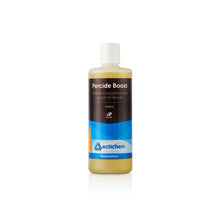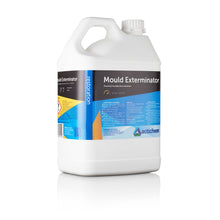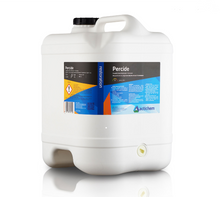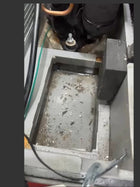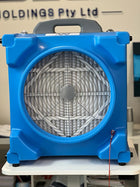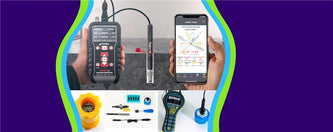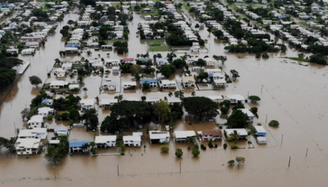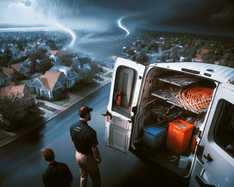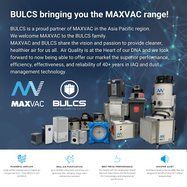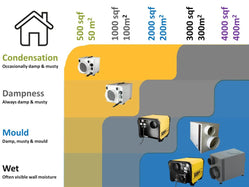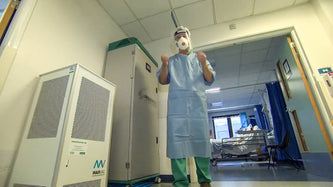Featured Products
Blog
The Next Step after Cyclone Alfred
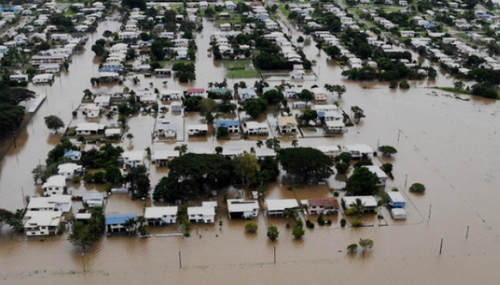
Staying Safe and Prepared During Disaster Recovery
Natural disasters like storms, floods, and cyclones can strike with little warning, putting both workers and employers at risk. It's crucial to be prepared, not only for the clean-up but also for ensuring a safe work environment throughout the recovery process.
Understanding the Impact
The aftermath of severe weather events can be devastating. Floodwaters can cause structural damage, expose hazardous materials, and increase the risk of mold growth. Electrical hazards, contaminated water, and unstable debris further add to the dangers faced by those involved in recovery efforts.
According to the Insurance Council of Australia (ICA), insurers have received more than 22,000 insurance claims from policyholders across southeast Queensland and northern New South Wales following ex-Tropical Cyclone Alfred. This highlights the widespread damage and the urgent need for effective response and recovery strategies.
Safety First: Protecting Workers and the Public
Ensuring safety during disaster recovery is a top priority. Here are some critical steps to follow:
-
Assess Structural Integrity: Before entering damaged buildings, conduct a thorough inspection to ensure they are safe. Look for signs of instability, such as cracks, leaning walls, or sagging ceilings.
-
Wear Appropriate PPE: Personal Protective Equipment (PPE) such as gloves, masks, eye protection, and waterproof boots should be worn to prevent exposure to hazardous substances.
-
Beware of Electrical Hazards: Floodwaters can compromise electrical systems. Avoid turning on power until a licensed electrician has inspected the property.
-
Water and Mold Contamination: Stagnant water and moisture create ideal conditions for mold growth. Proper drying and dehumidification are essential to prevent long-term health issues.
-
Use the Right Equipment: High-efficiency air movers, dehumidifiers, and moisture detection tools can aid in effective drying and damage assessment.
-
Follow Government Guidelines: Official resources provide valuable safety information and best practices for flood and cyclone recovery.
For more detailed guidance, visit:
The Importance of Insurance and Documentation
To streamline insurance claims and recovery efforts, proper documentation is essential. Take clear photos of all damages, keep records of expenses, and work closely with insurers to ensure claims are processed efficiently. Restoration professionals should also maintain detailed moisture mapping and drying logs to validate their work.
BULCS Holdings Sanitation Package
BULCS Holdings has prepared a "Wash and Clean Sanitation Package" to help restoration contractors. Call now at 1300 654 684 for more details and support.
Final Thoughts
Disaster recovery requires a combination of preparation, safety awareness, and the right tools. Employers and workers must prioritize health and safety while ensuring a systematic approach to clean-up and restoration. By following best practices and leveraging available government resources, communities can rebuild faster and more effectively after natural disasters.
For professional assistance and moisture detection equipment, contact Moisture Detect – helping buildings recover and stay resilient against future challenges.
